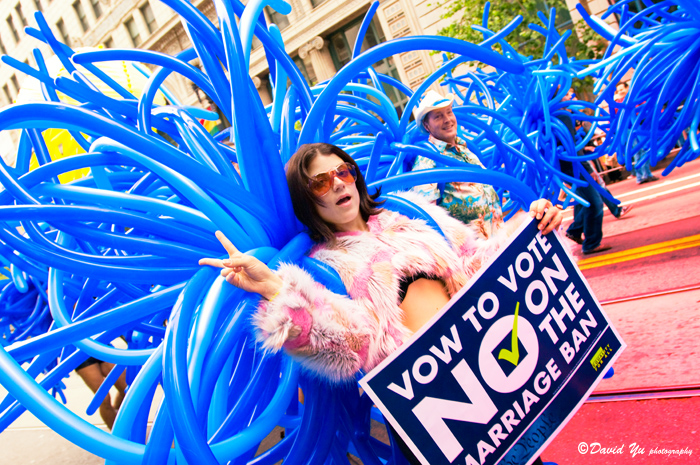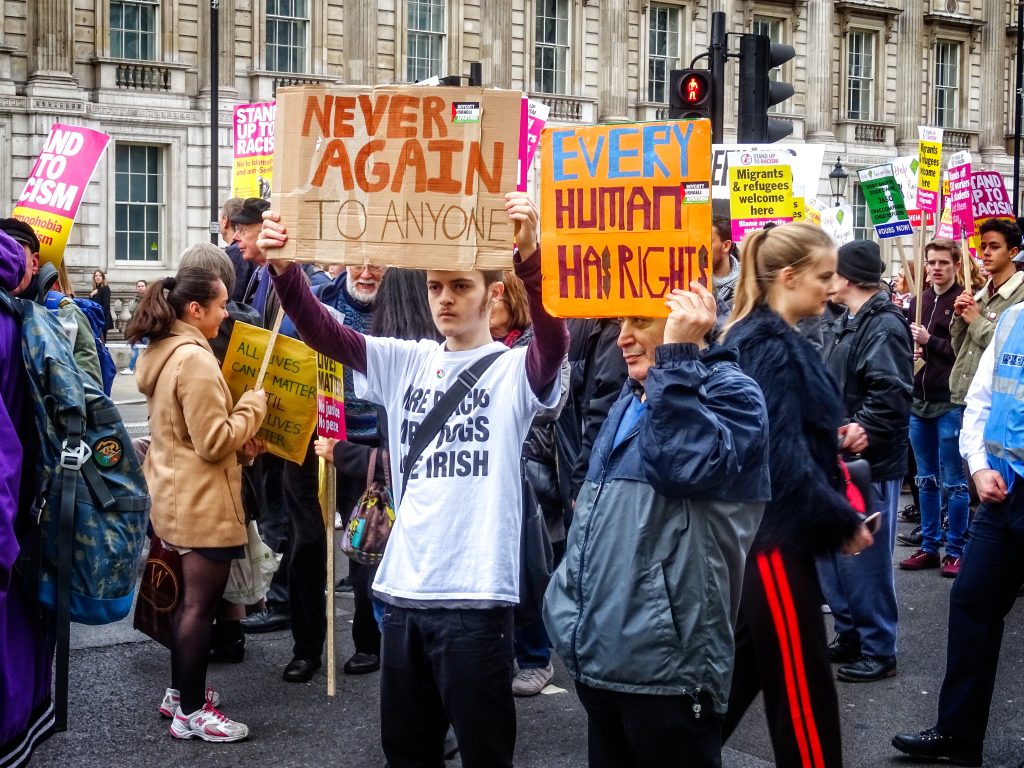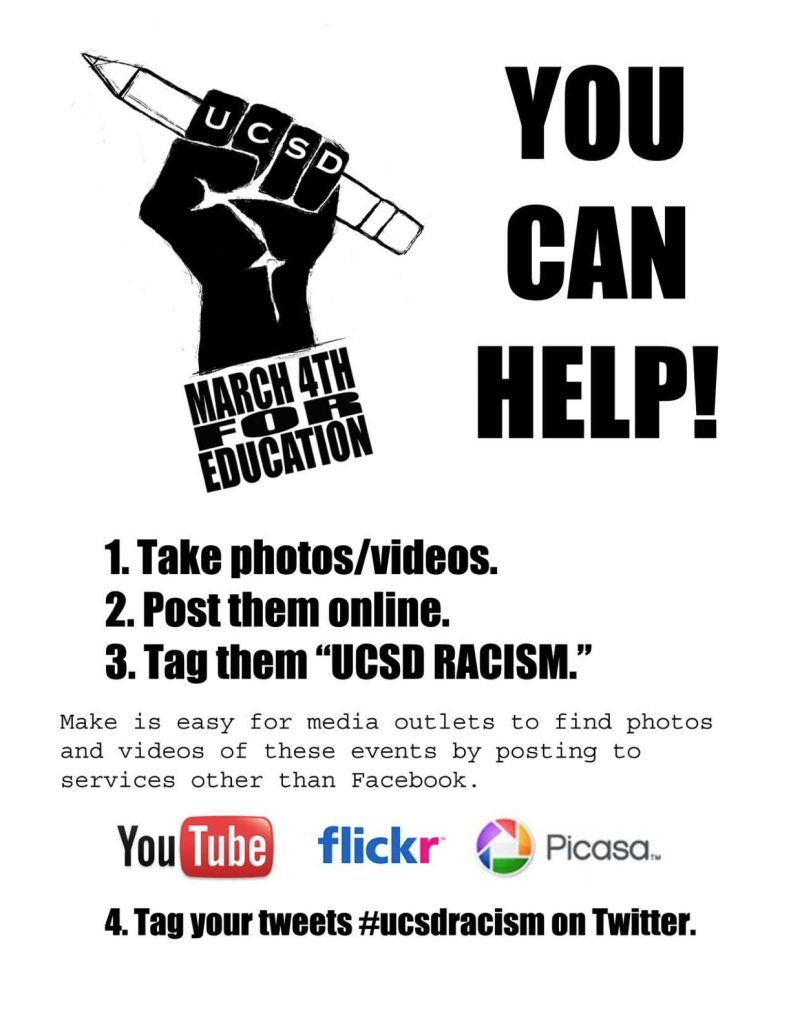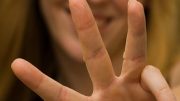What are the LGBT and racial minorities facing?
Digitization has made the internet the fastest and most convenient way to spread information. Nowadays, information is rapidly disseminated through videos, blogs, and articles on various social media platforms. The dissemination of information has brought to light a long-standing social issue of discrimination against LGBT individuals and racial minorities.
This has impacted various aspects of their lives, including access to healthcare and employment opportunities. For example, @jpbrammer post on Twitter in June 2020 suggested that black and LGBT people could accept low wages in order to justify themselves. With the development of The Times, discrimination is embodied in the social structure and the individual two levels.
At the level of social structure regarding LGBT, institutions and ideologies legitimize such existing group differences. When such a system exists, even if there is no personal prejudice and discrimination, there will be an invisible adverse impact on the LGBT community. With the formation of the social system, they assume that people are all heterosexual, so when LGBT come out, they become a minority and attract the population’s attention(Gregory M. Herek, 2007) . A similar phenomenon also appears in racial discrimination, and the creation of an unequal system makes racial minorities live in an unequal social environment. Due to the awakening of open minds, people now advocate having a critical consciousness, which means that young people are beginning to realize the seriousness of the social phenomenon of inequality. Laura et al. mentioned that “awareness of societal inequality captures youth’s understanding that the United States is not always fair or equal and certain groups have unequal opportunity and voice in society.“
Demonstrations on LGBT and Racism of young people


Based on young people’s awakenings, community guidelines have been issued for diverse information media platforms to safeguard users’ human rights and interests and the legitimacy of platform content.
YouTube policies protecting human rights
YouTube, a video network that has reached almost every country globally, has also set rules and regulations to maintain community peace. YouTube constitutes a virtual public sphere in which the marketplace of ideas is so vast and disorderly( Jacques & Bradly, 2011).
Youtube community guidelines cover different areas, including spam and deceptive practices, sensitive content, violent or dangerous content, regulated goods, misinformation, and educational, documentary, scientific, and artistic (EDSA) content. Videos with improper content will be banned and warned by the community rules. In these six different areas, human rights protections regarding sexual orientation and race are included in hate speech in violent or dangerous content.
Hate Speech community guidelines
This policy details that YouTube does not allow users to post hate speech. And YouTube does not allow content that promotes violence or hatred against individuals or groups of people with any attributes, including sexual orientation (LGBT), race, gender, or age. If the user violate the guidelines, YouTube will remove the content for policy violations and send an email notification. Also, if the user receives one alert within 90 days, he will be invited to attend policy training and cancel the alert, but if the user receives three alerts within 90 days, the channel is forced to suspend.
Such a policy indicates that YouTube’s goal is to create a fair and harmonious communication platform that does not discriminate against LGBT people and people of color.
Does YouTube succeeded in providing an equal social platform for LGBT and people of color?
Such a community system provides an equal environment of YouTube for people to share their ideas and seek justice if mistreated by society. A real-life example is the use of YouTube to collect video footage against UCSD Racism. Since the racist event at UCSD 2010 made waves, all kinds of media outlets have been searching for images and videos related to it. So Flyer encourages people to post content on Youtube or Twitter and tag #UCSD Racism to claim justice. Through this example, YouTube provides a platform for users to express their opinions and fight against inequalities so that minorities facing discrimination have the opportunity to assert their rights.

Nevertheless, there are plenty of examples of YouTube failing to protect specific groups as social norms promise. So whether such YouTube community guidelines successfully protect LGBT and people of color is a matter of concern. As YouTube spokesman Farshad Shadloo said, “YouTube uploads 500 hours of video every minute, and we rely on a combination of technology and humans to review video.” Most of the audited videos are reported, so in such a massive amount of video uploads, it will not be detected and deleted if the extreme speech is not reported. The censorship measures have sparked debate. Also, as Farshad Shadloo mentioned, YouTube uses technology to detect many videos. In response to such technical checks, Frosch said YouTube officials told her that “The result is that the algorithm discriminates based on the identity of the creator or its intended audience when making what are supposed to be neutral content based regulations and restrictions for videos that run on YouTube.” This suggests that YouTube discriminates when designing algorithms and moderating content.
An example of LGBT discrimination that YouTube’s censors did not acknowledge proved that YouTube’s operations were inherently sexist. No matter how to improve policies and regulations for users, discrimination exists in YouTube’s management. The story follows Carlos Maza, a producer for a news website VOX, who received criticism from comedian Steven Crowder for expressing his sexual orientation in videos for two years. So he made a video that put all the abuse together, like “gay Latinos from Vox” and “gay Mexicans,” and posted it on YouTube to fight back; that video got YouTube’s attention, and it said it would review Steven Crowder’s actions. However, two days later, Carlos received the result that Steven had not violated the rules. Although the policy clearly requires the prohibition of hate speech, there is nothing to be done in the face of such videos, which is a sign of YouTube’s disregard and approval of sexual orientation discrimination, so some users began to question whether it is not considered illegal hate speech to send speech in the form of debate.
Internet users’ evaluation of YouTube’s protection of human rights has been divided in both positive and negative directions. We can see that most of the complaints are mainly in 2019 and 2020, such as @slping_giants saying that YouTube will put ads in the discussion of videos for its own benefit but ignore the actual discrimination.
As another example, @GodDBestAvenger came across hateful comments towards black women on a YouTube video. She fearlessly stood up against it and pointed out the discrimination. This proves that individuals strongly oppose discrimination on the platform and supports Laura’s statement that younger generations are becoming more conscious of unequal treatment.
https://x.com/goddbestavenger/status/1707800074380603545?s=46&t=YWIKcV_eXWOF6PVSR-osZA
However, a large number of YouTube users began to use videos to arouse the black community and promote the idea of racial equality. Such videos also have a fundamental role in defending human rights and are reposted to platforms such as @Sun Day’s YouTube video about awakening black people.
Twitter link: https://x.com/sunday45549274/status/1683954088244047872?s=46&t=YWIKcV_eXWOF6PVSR-osZA
Video @SunDay’s reposted
To sum up, YouTube’s guidelines against hate speech are necessary to protect users’ human rights. However, with such a vast platform and increasing user capacity, there may be gaps in monitoring and controlling user’s content. As discussed in the Digital Rights and Human Rights module, freedom of thought should be respected. Therefore, YouTube should focus on improving its technology and ensuring the accuracy of its moderators’ decisions while minimizing the spread of extremist views and promoting equality through media outreach.
References
Cropf, R. A., & Krummenacher, W. S. (2011). “Videoblogging” Human Rights on YouTube: An Ethical Dilemma. In Information Communication Technologies and the Virtual Public Sphere: Impacts of Network Structures on Civil Society (pp. 116–140). IGI Global. https://doi.org/10.4018/978-1-60960-159-1.ch006
Eli Rosenberg (2019, June 5). A right-wing YouTuber hurled racist, homophobic taunts at a gay reporter. The company did nothing.
Herek, G. M. (2007). Confronting Sexual Stigma and Prejudice: Theory and Practice: Confronting Sexual Stigma and Prejudice. Journal of Social Issues, 63(4), 905–925.
https://doi.org/10.1111/j.1540-4560.2007.00544.x
JP, @jpbrammer (2020, June 10). https://twitter.com/jpbrammer/status/1270409063692742657?s=46&t=YWIKcV_eXWOF6PVSR-osZA
Reed Albergotti (2020, June 18). Black creators sue YouTube, alleging racial discrimination.
Sleep Giants, @slpng_giants (2019, June 5). This is absolutely bananas. https://twitter.com/slpng_giants/status/1136090800255905793?ref_src=twsrc%5Etfw%7Ctwcamp%5Etweetembed%7Ctwterm%5E1136090800255905793%7Ctwgr%5Ed47e36f1df2f302388b88a4b6873a5298cedce11%7Ctwcon%5Es1_c10&ref_url=https%3A%2F%2Fwww.arin2610.net.au%2Fwp-admin%2Fpost.php%3Fpost%3D7415action%3Dedit
The Officer Tatum. (2023, July 22). Black People SUPPORT Jason Aldean After White Liberals MELTDOWN Over VIRAL New Song [Video]. YouTube. https://www.youtube.com/watch?v=IKkjJAIFGNE
Wray‐Lake, L., Alvis, L., Plummer, J. A., Shubert, J., & Syvertsen, A. K. (2023). Adolescents’ developing awareness of inequality: Racial and ethnic differences in trajectories. Child Development, 94(2), 439–457. https://doi.org/10.1111/cdev.13870
YouTube Creators. (2019, May 24). Hate Speech Policy: YouTube Community Guidelines [Video]. YouTube. https://www.youtube.com/watch?v=45suVEYFCyc&t=10s


